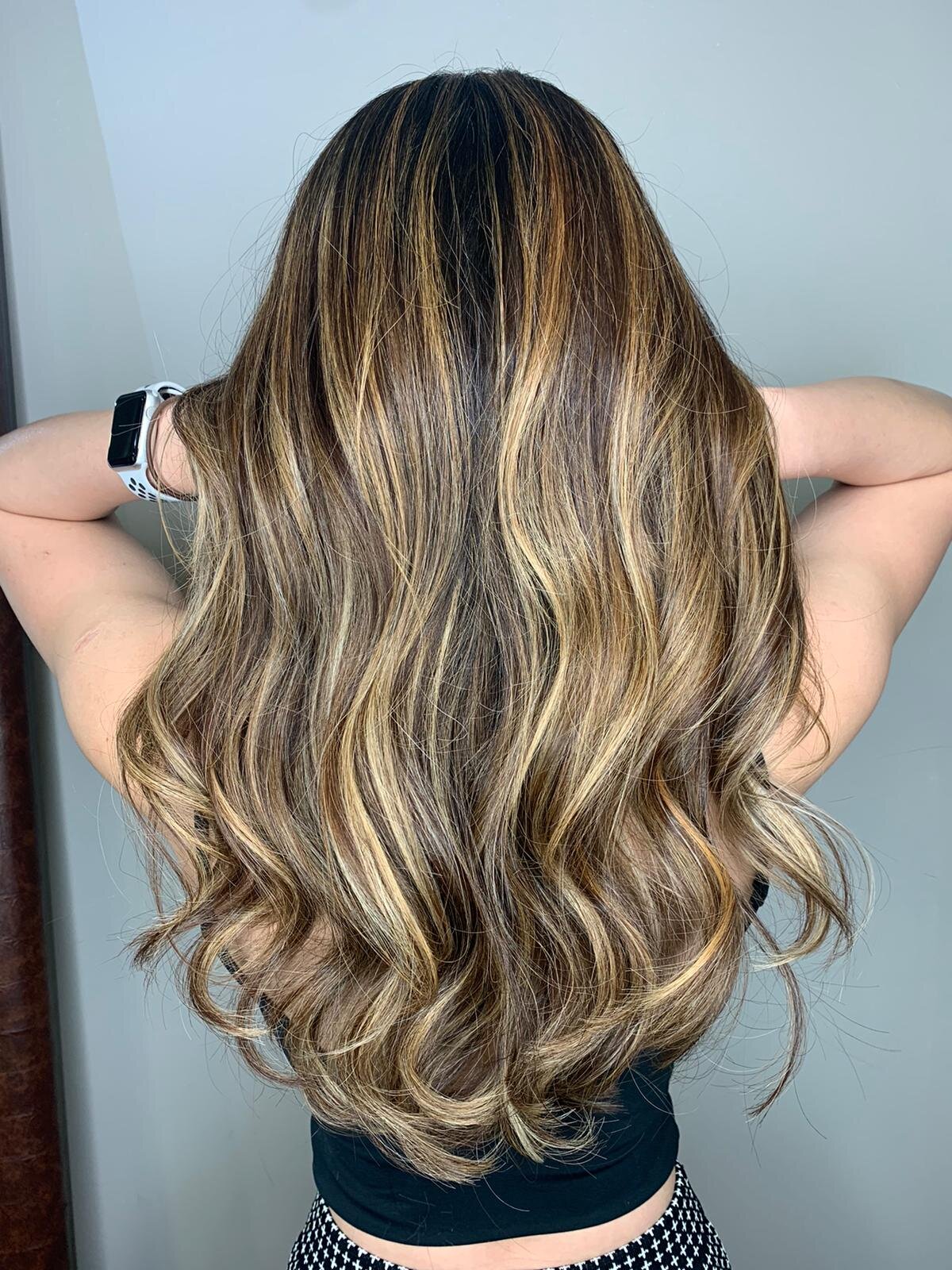Balayage, Ombre and Highlights: What’s the Difference?
If you’ve always wanted to go lighter, there are several colouring techniques that can help you achieve the look you desire. Balayage, Ombre and Highlights are some of the more trendy and popular techniques that add texture to your hair and give it a pop of colour, but what you should go for depends on the kind of end result you’re looking for.
Read on to find out the differences between these three techniques, and what suits you best based on your preferences.
Highlights
Highlights are a technique done with foil, which gives your hair more intense lightening.
They’re best for those who want a more blended overall result, at the expense of dimension. If you have fine-textured hair, it’s best suited for you as it gives body to limp strands.
Compared to Balayage, while both techniques show root regrowth, this regrowth is more apparent with highlights as this technique doesn’t go as light with a pattern that isn’t as clear. Balayage is also able to give the hair a better shine and pop as it uses dark or negative space.
On the other hand, Highlights differ from Ombre as the latter technique focuses on lightening your strands from the mid-length to the ends, whereas Highlights are applied from the roots to the ends of your hair.
Highlights are the most high-maintenance as the colour runs from your roots to the ends, making your natural hair colour extremely obvious once your hair starts to grow out. To keep your highlights in perfect condition, you’ll likely need to be in the salon every six weeks to get it touched up.
Balayage
Balayage is a freehand technique that lightens your hair with a more organic result that allows for a graceful grow-out. It’s a technique that suits all skin tones, hair colours and textures, so it suits nearly everyone. It also gives you the added benefit of being able to contour your face shape and highlight facial features.
If you want to lighten your hair and achieve a more organic, sun-kissed look with darker roots and lighter ends, balayage is the option for you, with a result that’s more informal and edgy.
In terms of maintenance, balayage stands out from the other two techniques as it only requires touch-ups once every 3 months. So if you don’t have the time or money to go to the salon every month, this treatment is ideal for you. In addition, while Ombre grows on its own, Balayage tends to require some retouching at the roots to avoid becoming an ombre style.
Ombre
Ombre is a highlighting technique that lightens the hair starting in the middle of your head instead of at the roots like Highlights or Balayage. It’s generally more striking with less dimension, but can be customised to be either soft and subtle or edgy and dramatic. No matter your preference, the choice is in your hands.
Ombre also differs from Balayage as it usually means that the ends of your hair have a completely different colour from your roots, whereas for the Balayage technique, your natural hair colour peeks through so there won’t be any demarcation line in the final result.
While Ombre is generally very low-maintenance as well, if your ombre has a more prominent line of demarcation, you might have to head back to the salon every four to six weeks for a touchup.



